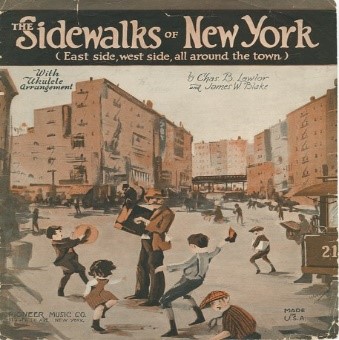As the largest metropolitan area in the United States, the New York-Newark-Jersey City metropolitan area has been a beacon for millions. However, beneath the surface of its bustling tourism industry lies a complex narrative of economic disparities, crime challenges, and the profound impact of the COVID-19 pandemic.
Crime in the City
In 2022, New York City faced the shadows of crime with a reported 126,589 felonies, including 438 cases of murder and 13,749 instances of grand larceny of a motor vehicle. The city’s safety concerns pose a unique challenge to its tourism landscape.
Economic Disparities in Tourism
While the tourism sector has been a robust contributor to the city’s economy, it comes with its own set of challenges. Despite generating $17.1 billion in wages in 2019, the median wage in tourism was $32,000, significantly below the citywide median of $50,000. Part-time employment and a lack of formal education further complicate the economic landscape for tourism workers.
The Pre-Pandemic Prosperity
Before the pandemic, the industry witnessed a decade of growth, with employment and wages outpacing the city’s overall private sector. However, the outbreak of COVID-19 in 2020 marked the end of this era, leading to an 89,000 job losses (31.4%) and an economic impact drop of 75%, from $80.3 billion in 2019 to $20.2 billion in 2020.
Visitor Spending and Impact
Visitor spending is the lifeblood of the tourism industry, driving employment, wages, and tax revenues. The pandemic dealt a severe blow, reducing visitors by 67%, spending by 73%, and causing a staggering $1.2 billion loss in tax revenues. The industry is not expected to fully recover before 2025.
International vs. Domestic Dynamics
While international visitors, especially from China, which historically contributed significantly to spending, domestic travelers have been the backbone of the industry since 1991. Business travelers, though comprising only 20% of visitors, play a crucial role, spending more on average than leisure visitors.
Regional Concentrations
The tourism workforce is concentrated in Manhattan, with the Chelsea, Clinton & Midtown areas housing the highest number of jobs. Queens follows closely, with Astoria & Long Island City as a hotspot for tourism-related employment.
Getting it Right?
The author is Dr. Elinor Garely, a lifelong New Yorker and hospitality expert from Manhattan.
She explains:
On a personal level, I am very worried because the current political leadership in New York City does not understand the hotel, travel, and tourism industry, and is almost clueless about the wants and needs of the people who live and work in New York.
The absence of transparency, the skewed priorities evident in the budgetary process, and the laissez-faire approach to repeat criminal offenders have left New York on a potentially dangerous precipice.
As New York City’s tourism industry navigates the aftermath of the pandemic, it stands at a critical juncture.
Balancing economic revitalization, safety concerns, and the evolving dynamics of visitor and resident preferences will be essential for the industry’s resurgence. The intricate tapestry of New York City’s tourism industry, woven with both challenges and opportunities, continues to shape the city’s identity and economic landscape.























